Choosing the right fabric weaves for workwear
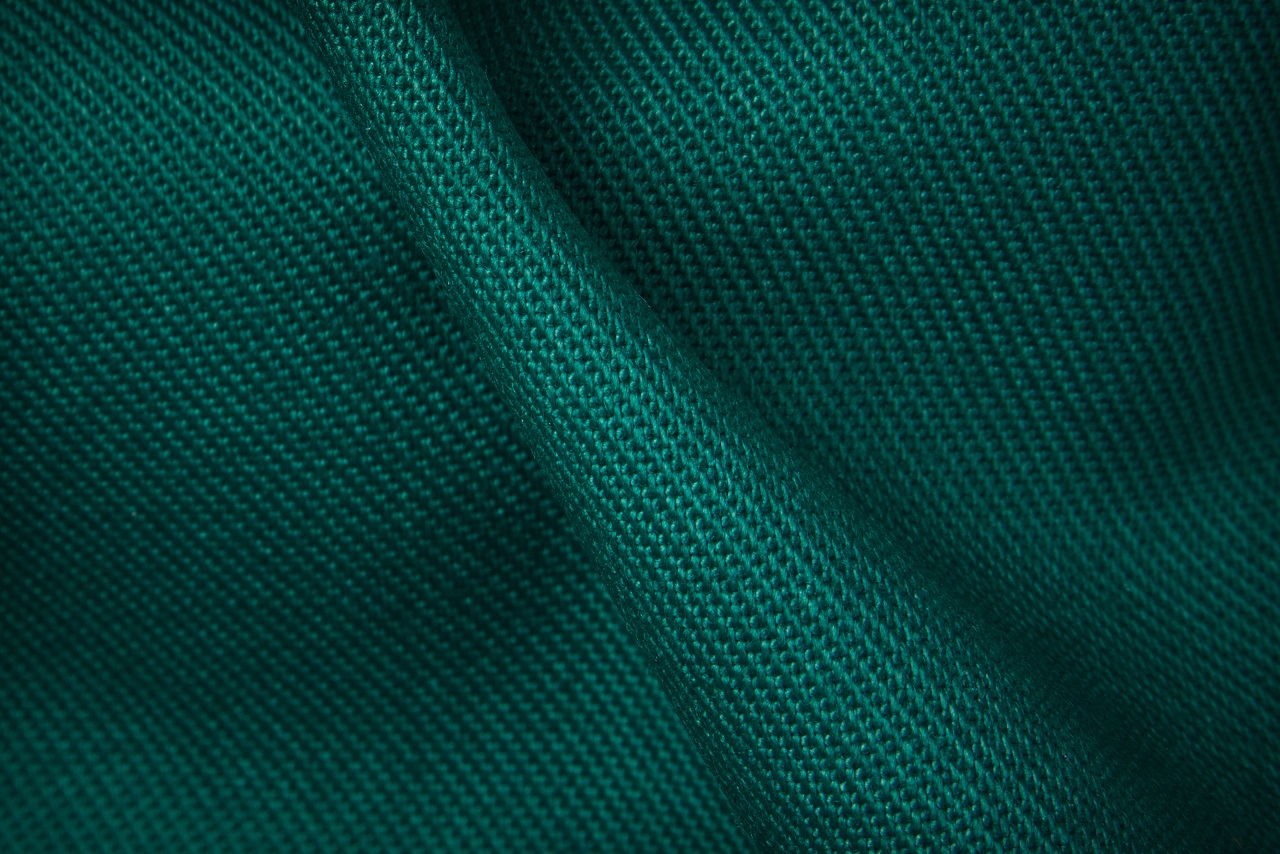
In the world of workwear, fabric weaves play a crucial role in determining the durability, comfort and overall performance of garments. Understanding these weaves is key to selecting the right textile for different applications, ensuring safety, comfort and maintaining the professional appearance of work uniforms. At Carrington Textiles, our expertise in developing high-quality woven fabrics ensures that every product meets the rigorous demands of modern workwear.
How fabric weaves impact performance and appearance
Fabric weave is the process of interlacing warp (lengthwise) and weft (crosswise) threads to create fabric. This method directly influences the following aspects:
- Durability: Tighter weaves create stronger, more resilient fabrics, making them ideal for heavy-duty applications. For example, workwear fabrics like our bestselling Teredo are designed to handle tough environments while maintaining their structure over time.
- Texture: Different weave patterns produce unique textures, from smooth and refined to rugged and structured. The choice of weave affects how a garment feels to the touch and how it interacts with other layers of clothing.
- Breathability: Looser weaves allow greater airflow, making them suitable for warmer climates and physically demanding environments. Carrington Textiles’ military fabric Spartan HT Flex Lite is an example of a fabric that balances breathability with durability, making it ideal for high-activity while offering high levels of performance roles.
- Sheen: Fabrics like satin weave have a glossy finish, while plain weave fabrics offer a more matte appearance. The Flamestat Satin family from Carrington Textiles uses a satin weave to provide a sleek look, paired with flame-retardant properties for environments where safety and presentation are both key.
- Weight: The density of the weave contributes to the fabric’s weight, influencing its drape and comfort. A lighter weave is often chosen for garments that require ease of movement, while heavier weaves provide additional warmth and protection in colder conditions.
Exploring key weave types and their uses
Let’s delve into the most common fabric weaves, their characteristics and how they serve various needs in the workwear industry:
- Plain Weave
Description: A simple, classic weave with threads crossing alternately over each other.
Properties: Strong, durable and tightly woven, providing a balanced texture.
Applications: Ideal for office uniforms, shirts and industrial protective clothing.
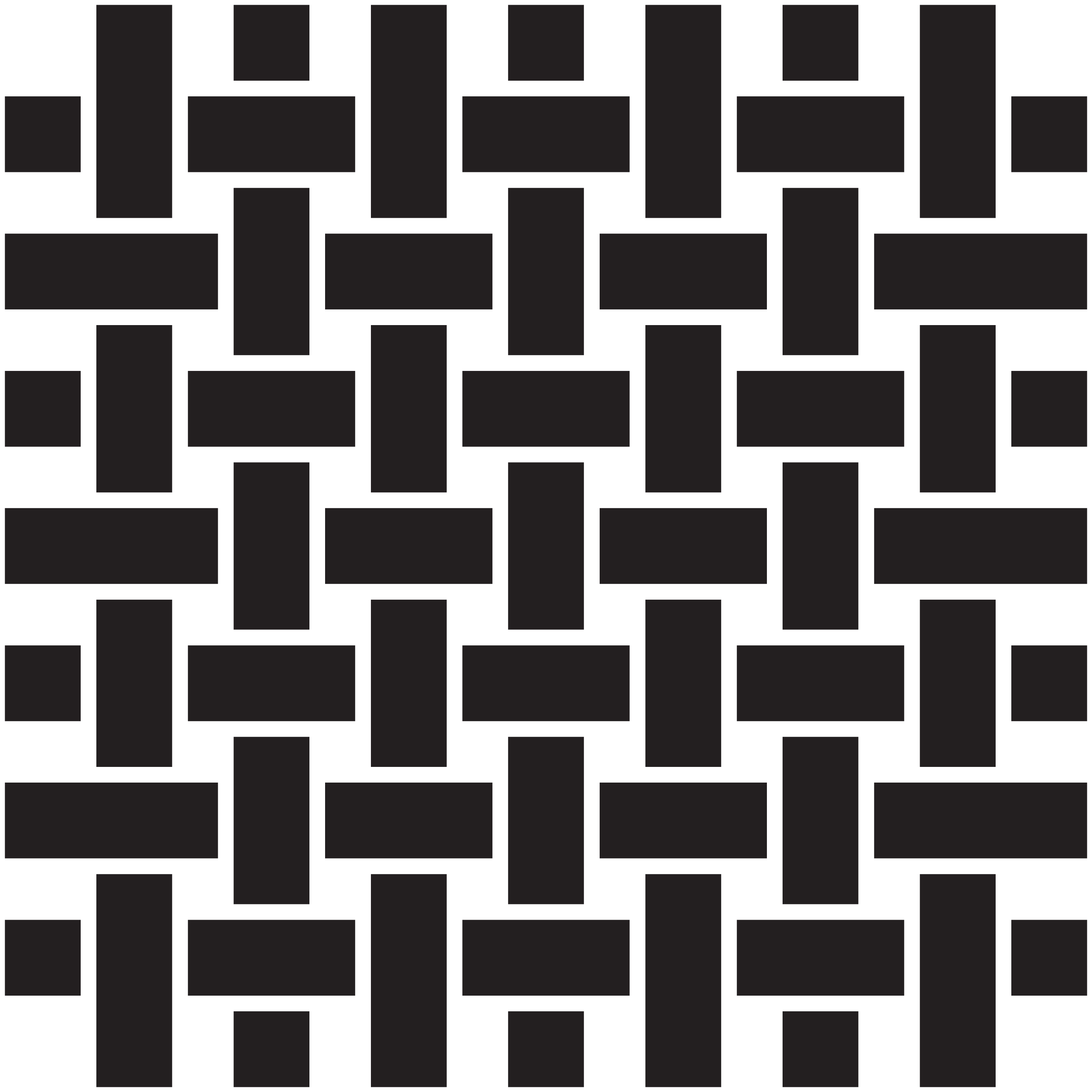
- Canvas Weave
Description: A variation of the plain weave, using thicker yarns for enhanced robustness.
Properties: Known for its exceptional abrasion resistance, making it one of the most durable weaves.
Applications: Perfect for heavy-duty workwear like overalls, jackets and construction uniforms.
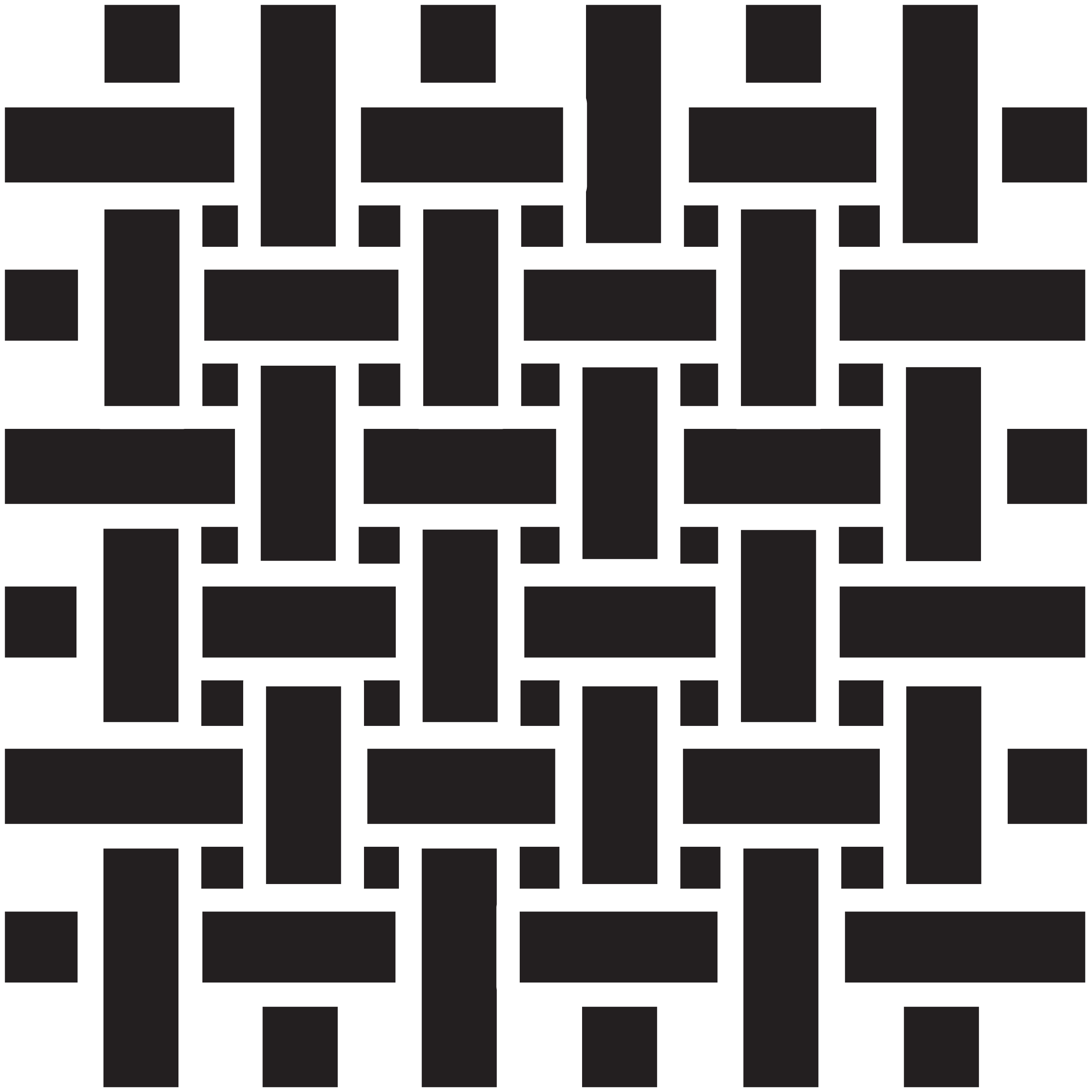
- S Twill Weave
Description: Diagonal lines slanting from top left to bottom right, creating a distinctive texture.
Properties: Offers flexibility, durability and resistance to wrinkles, maintaining a polished look.
Applications: Used in mechanic uniforms, work trousers and sturdy shirts.
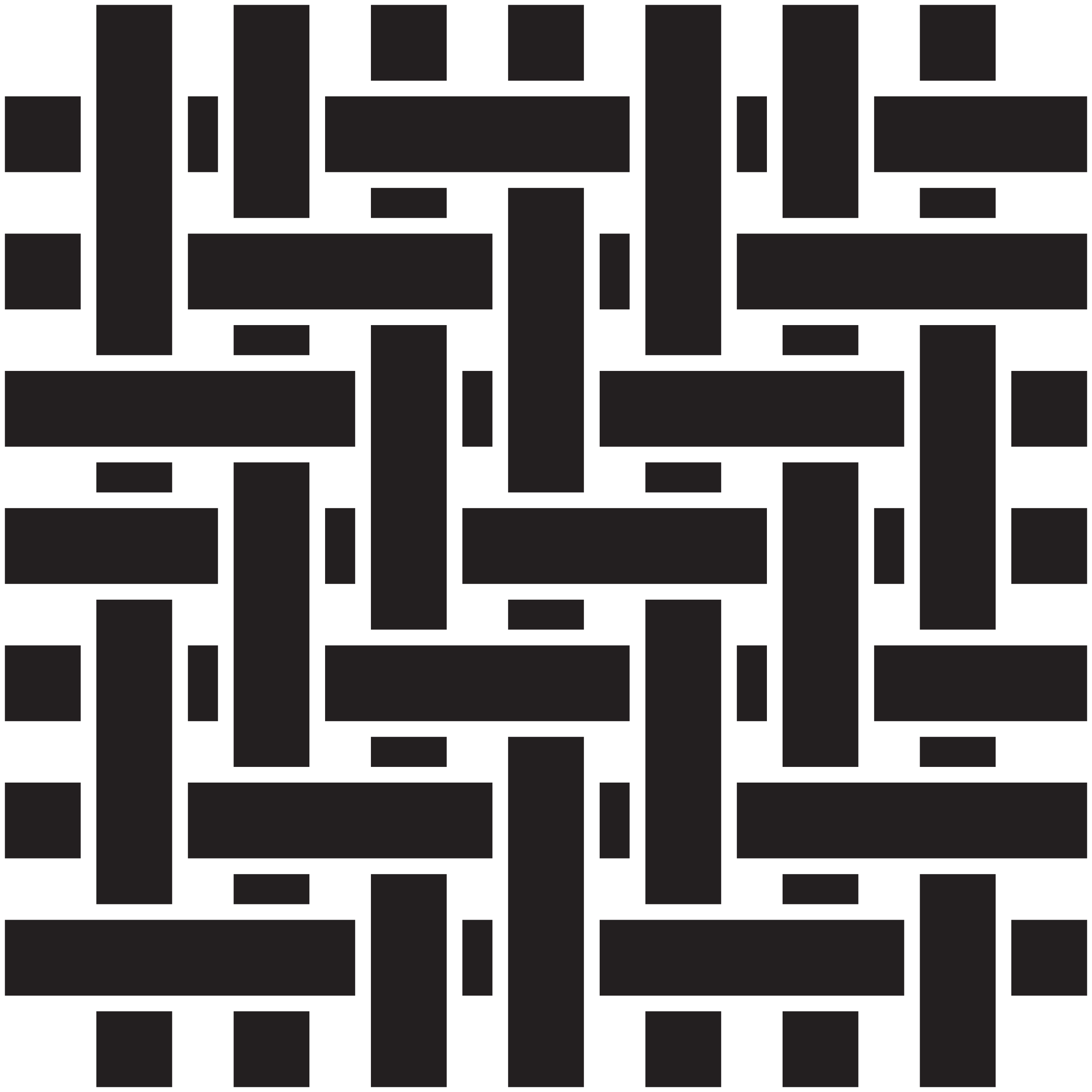
- Z Twill Weave
Description: Similar to S Twill, but with diagonal lines running from top right to bottom left.
Properties: Shares the same durability and flexibility but presents a different visual appeal.
Applications: Popular in security uniforms, corporate wear and the hospitality sector.
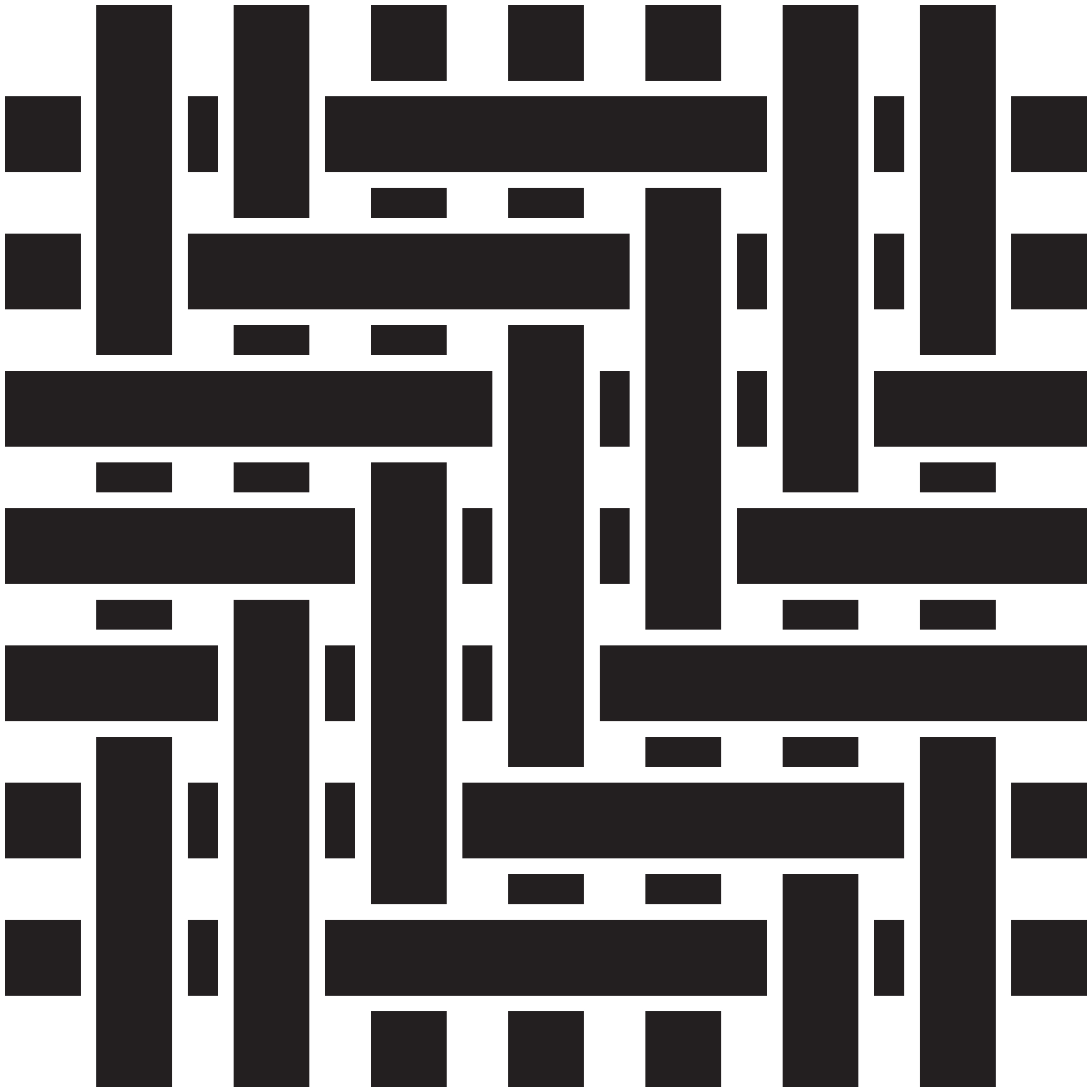
- Broken Twill
Description: A variation of twill where the diagonal direction alternates, breaking the line.
Properties: Minimises fabric twisting while offering a unique texture and visual interest.
Applications: Suitable for delivery uniforms, fieldwork attire and high-mobility roles.
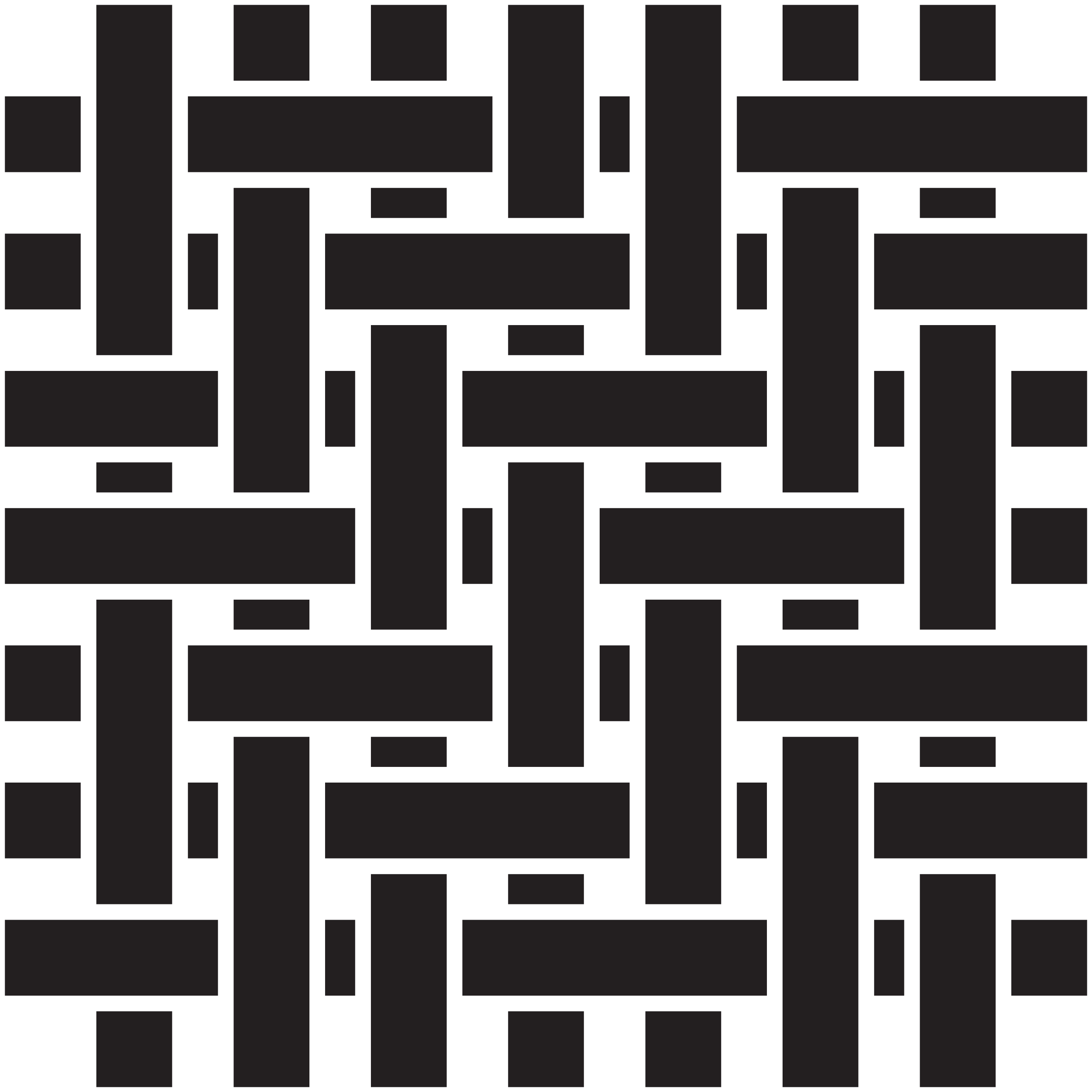
- Panama Weave
Description: An enhanced version of plain weave where threads are grouped together for a balanced finish. The weave uses two ends weaving as one, and either two picks weaving as one for a full Panama or one pick for a Half Panama.
Properties: Breathable, durable, with a subtle texture that makes it versatile.
Applications: Ideal for lightweight yet sturdy uniforms in maintenance, hospitality and service industries.
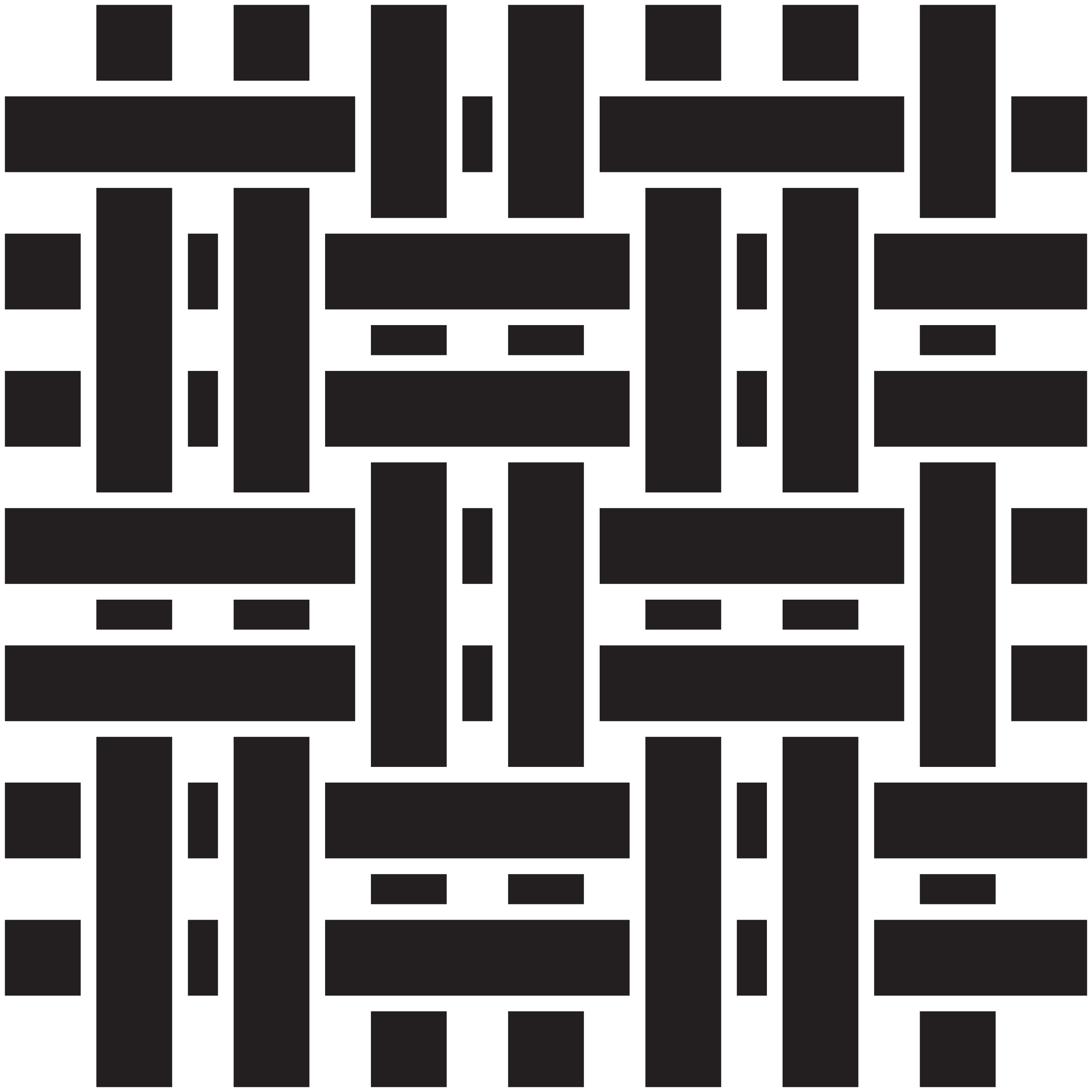
- Satin Weave
Description: Characterised by long floats of warp or weft threads, creating a smooth and glossy surface. Satin weaves have fewer interlocking points, resulting in a fabric with more drape.
Properties: Luxurious in appearance but less durable, suited for specific occasions.
Applications: Used in high-end hospitality uniforms, ceremonial dress, and specialised corporate wear.
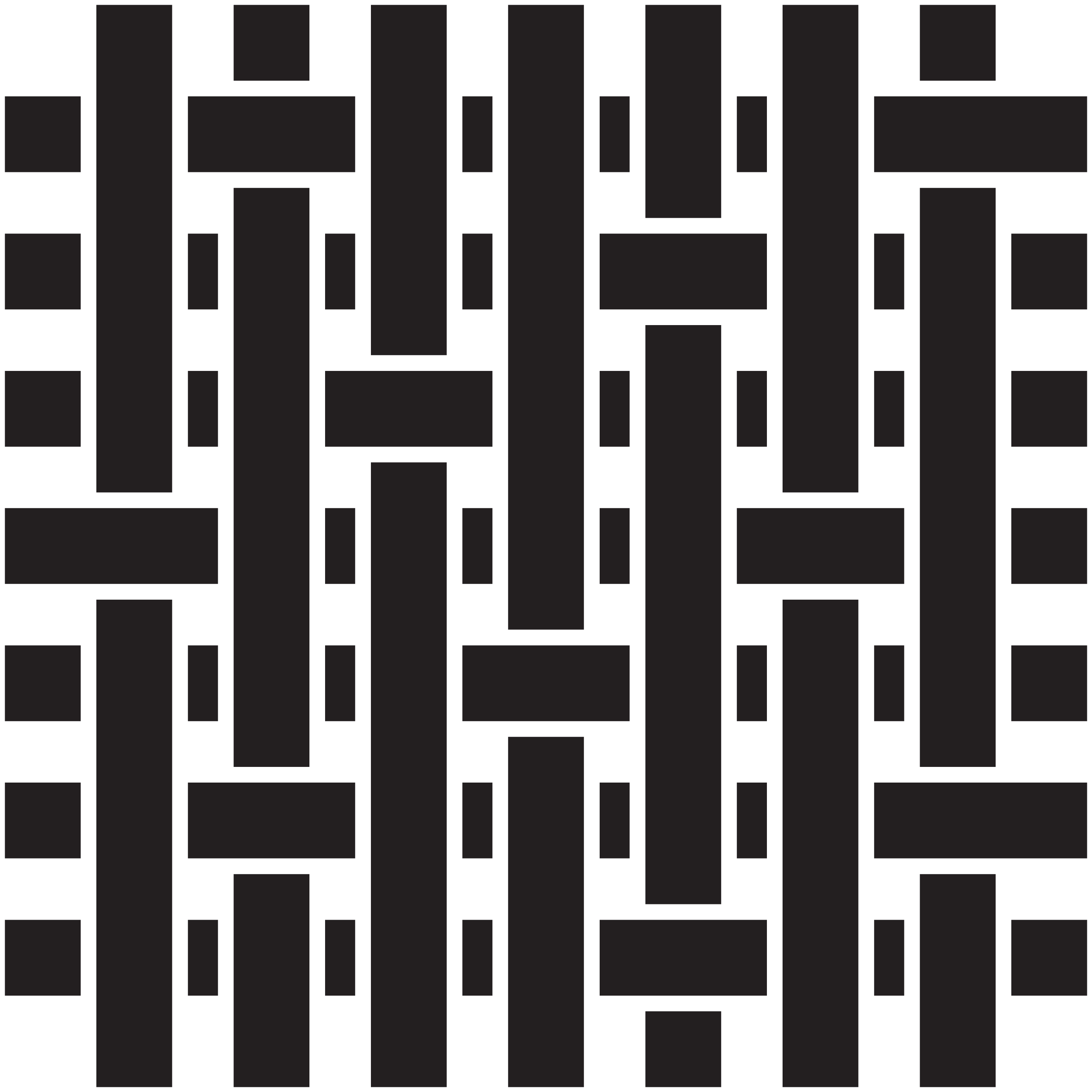
Carrington Textiles’ commitment to innovation in fabric development ensures that each material is tailored to specific workwear needs. From the resilience of Teredo to the refined finish of the Flamestat Satin family and the comfort of Spartan HT Flex Lite, our fabrics are designed to meet the challenges of modern work environments.
